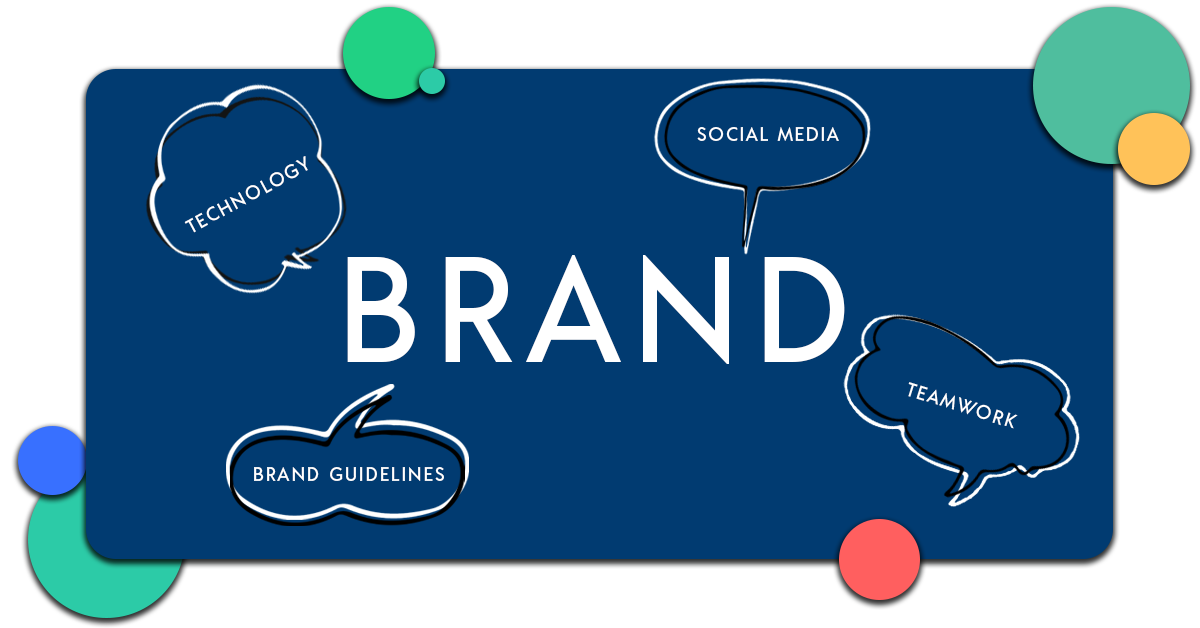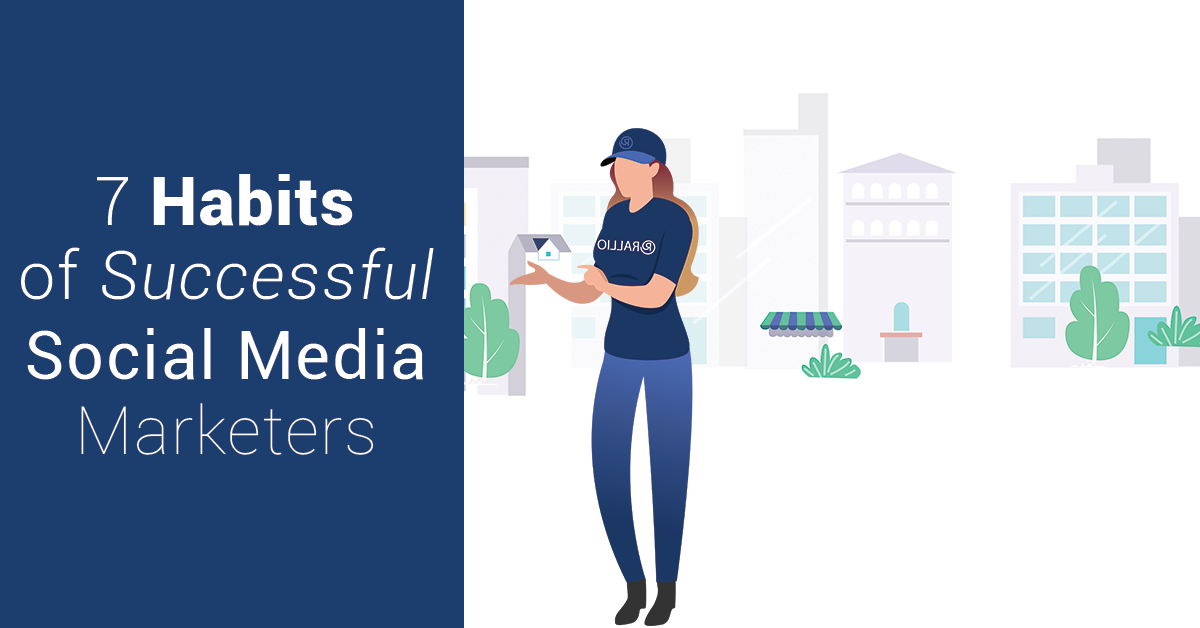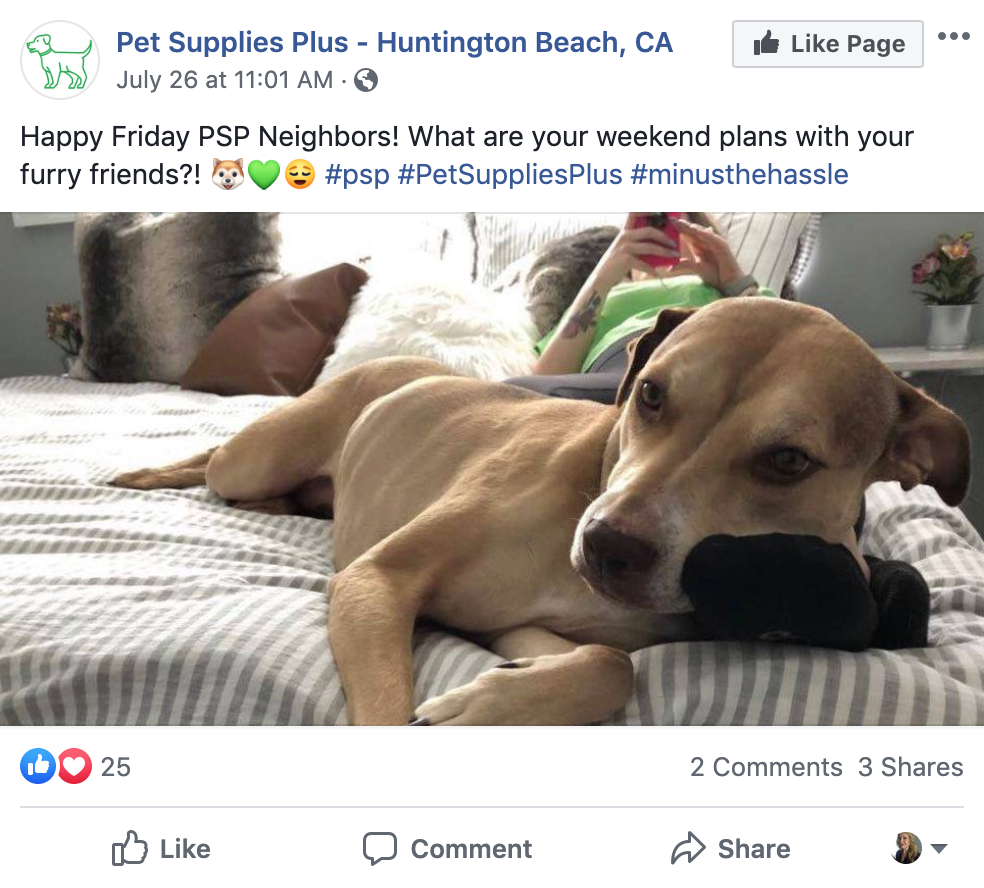This post is an updated repost of a previously published article.
As a franchisor, you put a lot of time and resources into branding your business. Logo development, brand guidelines, marketing materials and brand visuals are just a few of the ways you create an initial blueprint for your brand.
When franchisees join your organization, they gain access to those branded resources. They’re given permission to use your logo, your systems and your marketing materials. So when franchisees post on social media, naturally you want your brand image to stay consistent.
At the corporate level, your brand looks solid — and you may think the work of branding your business is done. But what happens at the local level when franchisees start posting on social media? Here are some possible scenarios:
- They change your messaging, interpreting it in a way that doesn’t match your goals
- They use your logo incorrectly or alter it
- They post information that conflicts with your corporate page
- They post randomly and inconsistently
- They post imagery that isn’t in line with your brand guidelines
- They fail to respond to customers’ comments, questions and online reviews
- Their directly listings are inconsistent or missing information
The list goes on.
If you’re like many of the clients with whom we work at Rallio, giving the social-media car keys to franchisees is risky business at the local level. The branding and messaging you worked so hard to develop can easily become diluted, out of brand and unrecognizable from its original form.
So why does this brand disaster happen? Let’s look at three of the top reasons.
Read more: Brand Voice: What Is It and Why Does It Matter?
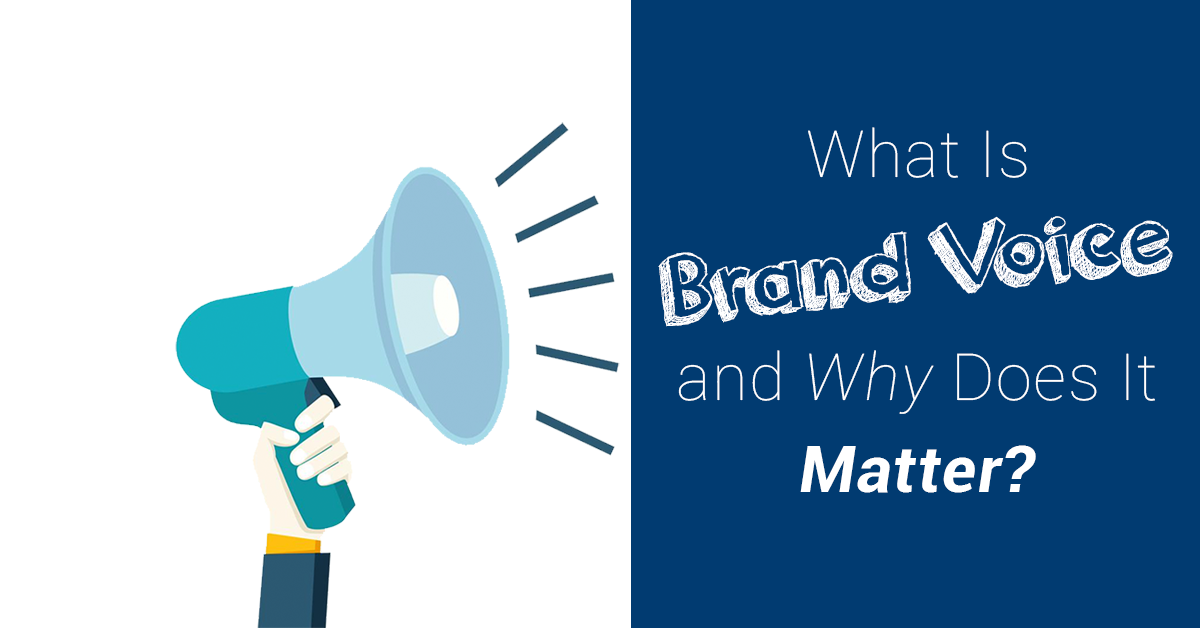
Reason #1: They have no social media guidelines.
Do your franchisees have a “Wild West” mentality that causes them to think they can do whatever they want on social media? If so, then perhaps you haven’t clearly stated what they can and cannot do. Branding your business on social media begins with guidelines that define how franchisees should approach social media, as well as what the approval process is for their content.
What to do about it: You might already have guidelines in place for print and web marketing and advertising. Build on those guidelines by telling franchisees the parameters for social media. Do you want to be able to review their content before it gets posted? Or are you OK with supplying corporate content and letting them post at the local level without your approval? Spell it out so there’s no confusion.
The clearer you are with your social media guidelines, the less likely it is that franchisees will go rogue. (And rogue franchisees can not only destroy your brand, but your reputation as well.)
Reason #2: You haven’t prioritized social media yourself.
If you don’t see social media as important to your brand, then your franchisees won’t, either. At best, they’ll ignore the social platforms and potentially miss out on opportunities. At worst, they’ll ruin your brand and reputation, as mentioned above.
What to do about it: Whether you like or dislike social media, there’s no denying its existence. And once you make it a priority at the top level, you take back control of how your brand appears in the public eye.
You help your brand overall while also helping franchisees to post in the smartest, most efficient way possible. Remember, the goal is to have one brand and multiple locations … not multiple brands and multiple locations! Embrace this mentality, and everyone will have an easier time of branding your business.
Read more: Your Guide to 2021 Marketing Based on Current Consumer Trends
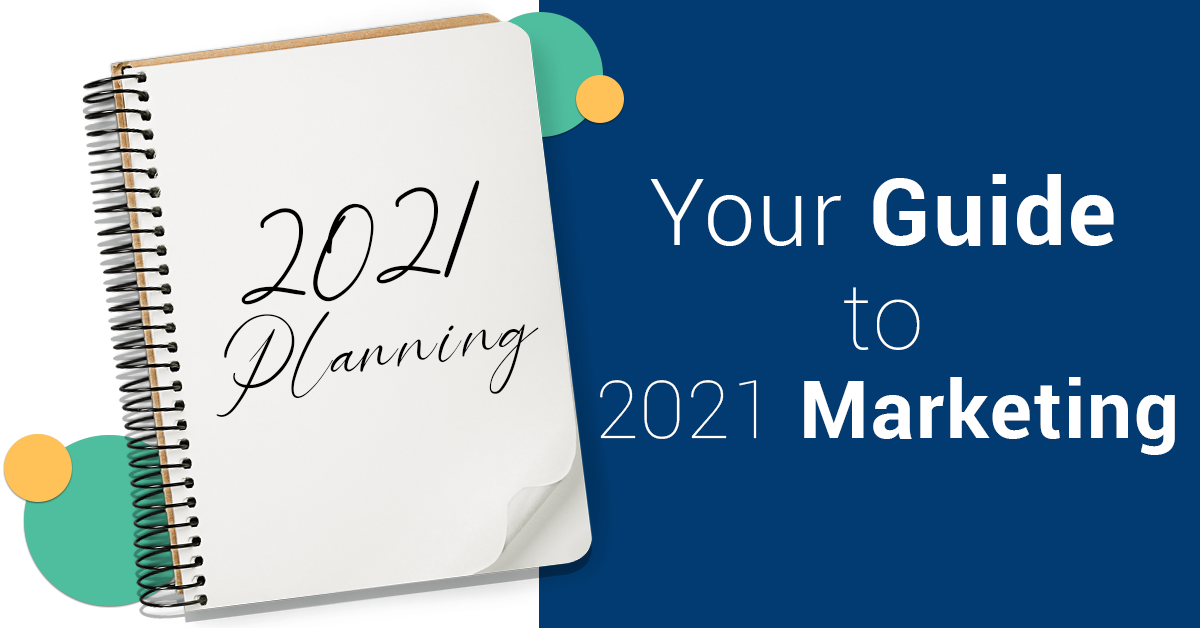
Reason #3: They lack technology.
Branding your business and managing social media can be time-consuming without the proper technologies in place. Franchisees often don’t have the time required to respond to reviews and engagements, post frequently and continue coming up with content ideas.
What to do about it: While we’re biased about our technology platform here at Rallio, it’s only because we see it working so well for hundreds of different franchisors and franchisees who use it. We recommend implementing our technology systemwide to help everyone stay organized.
With Rallio, you can set permissions for franchisees, while also giving them some control over their local social media. You can upload and store media assets, schedule posts, update your directory listings in a few clicks, view analytics, and run ad campaigns. Corporate can syndicate branded assets to franchisees.
Once you start using it, you’ll wonder how you ever got by without it. Branding your business will become much easier once you have the tools to manage your social media from the top down.
Nearly 50% of the world’s population uses social media, amounting to over 3 billion users worldwide. —Statista
Reason #4: They lack resources.
Even with the right technology, many franchisees don’t have the resources needed to post local content. They might have trouble coming up with ideas of what to post, or they simply don’t have the time.
What to do about it: Again, we’re biased, but the Rallio Local program has helped our clients who find themselves lacking the resources needed to post local content. Putting a great caption to a local photo, boosting content, interacting with followers, and assisting with online recruiting or other social media needs is the job of our Rallio Local division.
Some of our franchisor clients choose to fully cover this cost for their franchisees. Others leave it up to individual locations whether they want to join. Whatever the case may be, making these resources available to franchisees takes the burden off them of finding a social media manager. They can outsource this function without hiring someone full-time.
Branding Your Business Is Easier With Rallio
Our platform lets multi-unit businesses create a unified social media presence while still enabling individual owners to customize content to reach local customers. Post across thousands of locations, manage imagery, control messaging, monitor keywords, view analytics and generate new business — all from one convenient dashboard. Interested in a demo? Drop us a line here.
